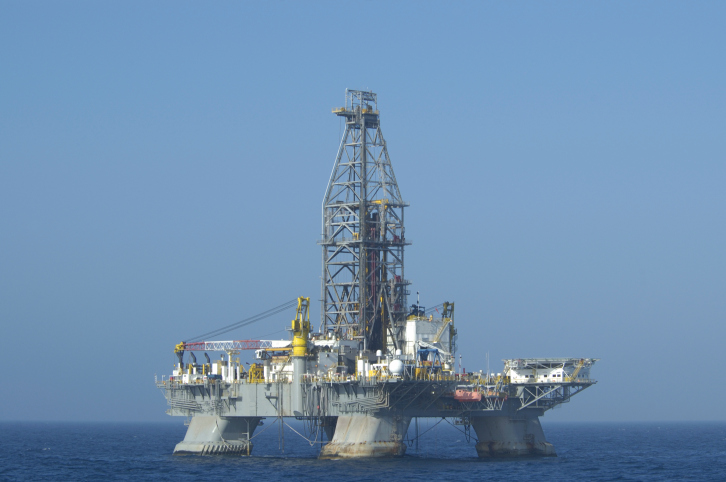
The Switzerland-based offshore rig owner and operator is taking a non-cash charge of $1.97 billion related to impairment of goodwill and an asset impairment charge against its Deepwater Rig asset group of $788 million “due to the deterioration of the market outlook, reflecting the recent decline in day rates and utilization for this particular asset class.”
The asset write-down underscores just how tough the offshore drilling business has become. Transocean has 29 ultra-deepwater and 12 deepwater rigs in its fleet. According to its October fleet status report, Transocean’s total out-of-service days for the 29 ultra-deepwater rigs totaled an estimated 296 days in the third quarter and are expected to be out of service for 435 days in the fourth quarter. The 12 deepwater rigs had a total of 87 out-of-service days in the third quarter and are expected to be out of service for 42 days in the fourth quarter.
The estimated average contract day rate for the 29 ultra-deepwater rigs in the third quarter was $555,000, dropping to $549,000 in the fourth quarter, and an anticipated $539,000 in the third quarter of 2015. The estimated day rate for the 12 deepwater rigs rises slightly from $376,000 in the third quarter to $380,000 in the fourth quarter before dropping back to $378,000 in the third quarter of next year.
ALSO READ: How the Election Will Impact Keystone Pipeline, Oil Exports
According to Rigzone’s current list of offshore rig day rates, the average day rates for a floating rig capable of drilling at water depths greater than 4,000 feet are $436,000 for a semi-submersible rig and $523,000 for a drillship. Transocean’s fleet comprises seven ultra-deepwater and 10 deepwater semi-submersible rigs, and 22 ultra-deepwater drillships and two deepwater drill ships.
Transocean has orders in place for seven additional drillships, four of which are scheduled for Shell and one of which is in line for Chevron. Two of Shell’s ships are scheduled for delivery in the first half of 2016, and the Chevron ship is set for delivery in the fourth quarter of 2016. The other two Shell ships are currently scheduled for the first half of 2017.
Shares of Transocean have lost 40% since the beginning of 2014, and the stock’s 52-week high was set in early November last year. The stock’s all-time high topped $170 in September 2007, when just about everyone figured that the only oil left on the planet was buried under thousands of feet of water and more thousands of feet of sea floor. Onshore drilling in the shale plays of North Dakota and Texas had barely begun, and horizontal drilling and fracking were still rare.
Shares still traded at around $88 apiece until the Deepwater Horizon explosion cut about 50% off the share price in a few weeks. In January of 2013 the company paid a $1.4 billion fine for its part in the Gulf disaster and the stock hit its highest level in nearly 18 months.
Shares closed at $29.71 on Friday in a 52-week range of $27.08 to $55.74. Shares dropped another 0.9% after hours. More than 19 million shares changed hands on Friday, more than double the daily average volume.
ALSO READ: How the Election Will Impact Keystone Pipeline, Oil Exports
Thank you for reading! Have some feedback for us?
Contact the 24/7 Wall St. editorial team.



